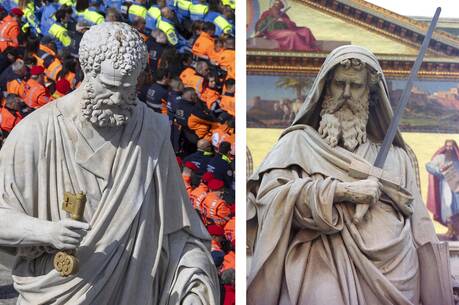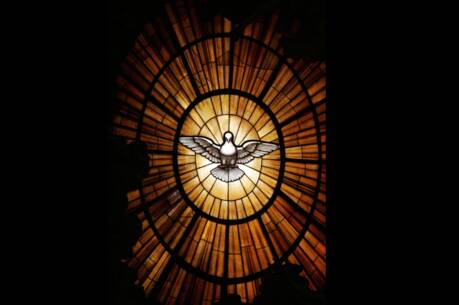Epiphany
Two years ago on Epiphany eve I was visiting a stellar family with four exuberant little boys ranging in age from 8 to 2. Johnny (age 5) and I were looking through the family Christmas cards, and he seemed especially fascinated by the varied and elaborate illustrations of the visit of the Magi, camels, sparkling gifts and sundry potentates. Yet he became a bit pensive and a little sad, so I asked, “What’s wrong, Johnny?” He blurted out, “No girls!”
I was reminded then of Isaiah’s statement, “A little child shall lead them,” for Johnny had really captured the meaning of the Epiphany or “showing forth” of Jesus. In Matthew the message is clear: Christ is for all people. Wise men or “astrologers” from the East, led by their own probing of heavenly mysteries, come to the newborn Jesus. They are Gentiles to whom the risen Jesus will send his disciples. The good news that begins in the birth of Jesus and continues after his death and resurrection is to include all people.
Throughout Christian history the journey of the Magi has been variously portrayed in sculpture, visual art, medieval pageants and contemporary dramas. Matthew’s night visitors—who are neither three nor kings—gradually become kings, increase in number, are depicted as young, middle-aged and old, and include people of color. The bounds of universality and inclusiveness are extended. Johnny was right in asking, “Where are the girls,” since the gift of God in Jesus is to transcend national, social and gender differences (see Gal. 3:28-29).
The religious map of the United States is dramatically changing, and the traditional Jewish and Christian populations are supplemented by a strong increase in the number of Muslims and followers of Eastern religions. The Epiphany tells us that God is a light for all peoples, and that peoples acting on their own wisdom and in their own time are making journeys led by God’s light. These may end up in a manner as surprising to us as it was to the original visitors, who were “overjoyed when they saw the star.”
This article also appeared in print, under the headline “Epiphany,” in the December 23, 2000, issue.







